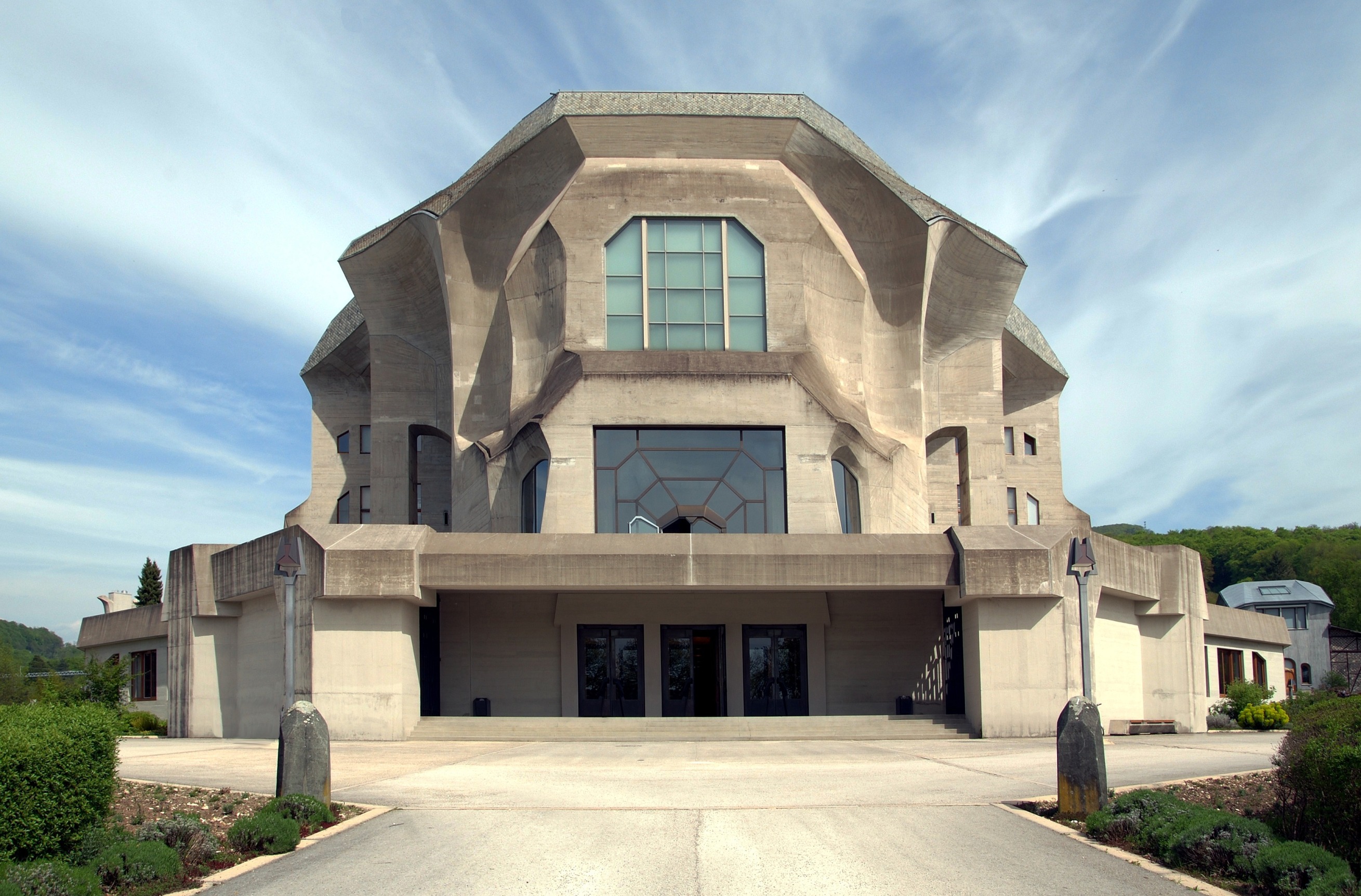The main purpose of this philosophy is to develop perceptive imagination, inspiration, and intuition by using a form of thinking that is not based on the use of the senses. The results of the spiritual experience are then explain rationally just as the natural sciences have been rationally proven. Steiner created spiritual exercises that help with the inner development. Steiner's wish was not to promote Anthroposophy as a replacement for Christianity but rather to help understanding Christianity better through Anthroposophy.
The movement became quite popular and has had since its creation more followers. Another aspect of the philosophy is that it is applied to many areas such as Steiner/ Waldorf education, special education, bio-dynamic agriculture, medicine, ethical banking, organizational development, and the arts.
Steiner/ Waldorf education focuses mainly on intellectual, practical, and artistic activities to develop free, morally responsible, and integrated individuals who have a string social competence. This education emphasizes on the role of imagination in learning.
Steiner also applied Anthroposophy to architecture. He built approximately thirteen buildings and among those are the two Goetheanum built in Dornach, Switzerland.

First Goetheanum; built in 1919 in Dornach, Switzerland.

Second Goetheanum; built in 1924-1928 in Dornach, Switzerland.

Performance hall,
References:
http://en.wikipedia.org/wiki/Anthroposophy
http://en.wikipedia.org/wiki/Waldorf_education
No comments:
Post a Comment